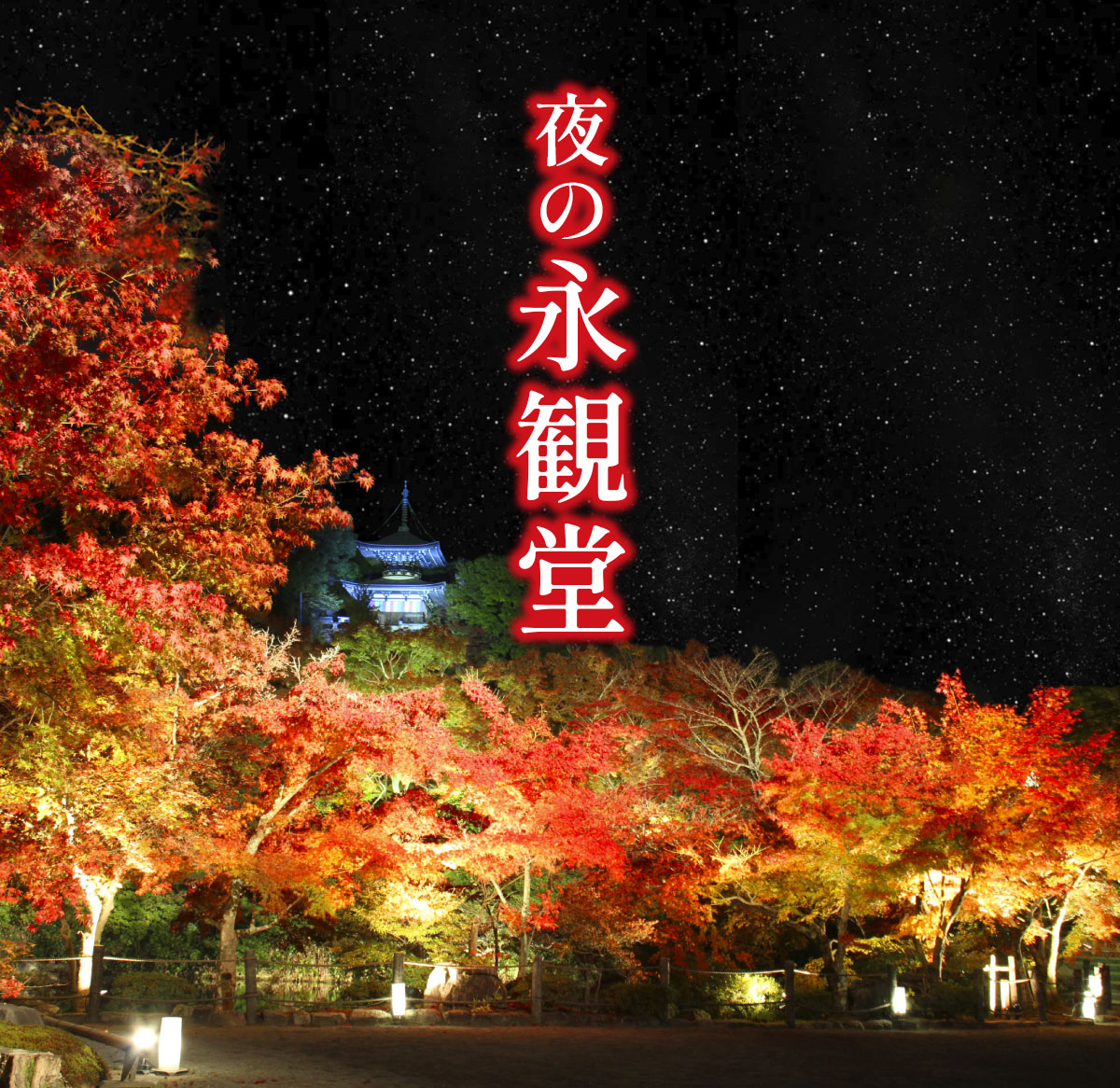

This year marks the 850th anniversary of the founding of the Jodo sect by Honen Shonin. To commemorate this occasion, we are holding a special temple treasure exhibition under the theme 'The World of Jodo Art at Zenrin-ji'. The exhibition will feature notable Jodo paintings and works related to Honen Shonin, including the Important Cultural Properties, 'The Twenty-Five Bodhisattvas Welcoming Descent' and 'Amida's Welcoming Descent,' as well as the first-ever public display of the 'Flame-Jewel Shaped Relic Container' and other highlights. We invite you to view these valuable cultural treasures and reflect on the legacy of our founder, Honen Shonin.。
We would like to introduce some of the cultural treasures that will be on display at the Exhibition.


The Painted Doors of The Twenty-Five Bodhisattvas Welcoming Descent 〈Late Kamakura to Nanbokucho Period〉
(It is extremely rare for all the painted doors to be displayed, making this the first full display in several decades.)
These painted doors were originally attached to the front and sides of a miniature shrine that housed a statue of Master Shandao. The paintings vividly depict the Twenty-Five Bodhisattvas, including Kannon Bodhisattva and Seishi Bodhisattva, who are attendants of Amida Buddha.

The Twenty-Five Bodhisattvas Welcoming Descent 〈Kamakura Period〉
This welcoming descent painting depicts the Twenty-Five Bodhisattvas, excluding Kannon Bodhisattva and Seishi Bodhisattva. It is believed to have originally hung behind a sculptural representation of the Amida Triad. The overall composition is calm, with little movement, showing the serene descent of the bodhisattvas toward the viewer.

Amida's Welcoming Descent 〈Kamakura Period〉
A solitary standing figure of Amida Buddha is depicted on a split-petal lotus, facing slightly downward to the left. Although there are no welcoming clouds drawn at the figure's feet, the body's orientation suggests that this was intended as a welcoming descent painting. Among the many Kamakura-period depictions of the solitary Amida Buddha's descent, this work stands out as unique.。

Flame-Jewel Shaped Relic Container
(Relics of Honen) 〈Nanbokucho Period〉
This relic container was recently discovered in the Zenrin-ji treasure repository. While the characteristic flames on all four sides and the wavering, three-dimensional appearance of the flames resemble the style of the Kamakura period, the somewhat less tense design and the shape of the jewel suggest it is a work from the Nanbokucho period. The relics inside are inscribed in red with the name 'Honen.'

Amida Triad
(Zhang Sig Kung) 〈Southern Song Dynasty, China〉
This painting depicts the Amida Buddha, Kannon Bodhisattva, and Seishi Bodhisattva standing on split-petal lotuses, all facing forward. Near the middle of the left edge of the painting, the inscription 'Painted by Zhang Sigong' is written in gold pigment. The painting is notable for the realistic, sculptural quality of the halos, which appear as though modeled after actual carvings.

The Two-Volume Essential Teachings of the Infinite Life Sutra 〈Kamakura Period〉
This is a Kamakura-period manuscript of 'The Essential Teachings of the Infinite Life Sutra,' written by the Silla monk Wonhyo (617 - ?). As a manuscript of this text, it is a unique and unparalleled ancient copy with no other known examples. Along with his commentary on the 'Amida Sutra,' this work is indispensable to Wonhyo's thought for Pure Land.
Access
Eikando Zenrin-jiGoogle Map
| JR/Kintetsu | From "Kyoto" Station, take City Bus No. 5 to "Nanzenji-Eikando-michi," then walk 3 minutes. |
|---|---|
| Keihan Railway |
From "Sanjo" Station, take City Bus No. 5 to "Nanzenji-Eikando-michi," then walk 3 minutes. From "Jingu-Marutamachi" Station, take City Bus No. 204 or No. 93 to "Higashi Tenno-cho," then walk 8 minutes. |
| Hankyu Railway | From "Kyoto Kawaramachi" Station, take City Bus No. 5 to "Nanzenji-Eikando-michi," then walk 3 minutes. |
| Subway | Take the Tozai Line, get off at "Keage" Station and walk 15 minutes. |
※Visitors are requested to bring a shoe bag.。 ※Please refrain from visiting by car.
Eikando Web site
